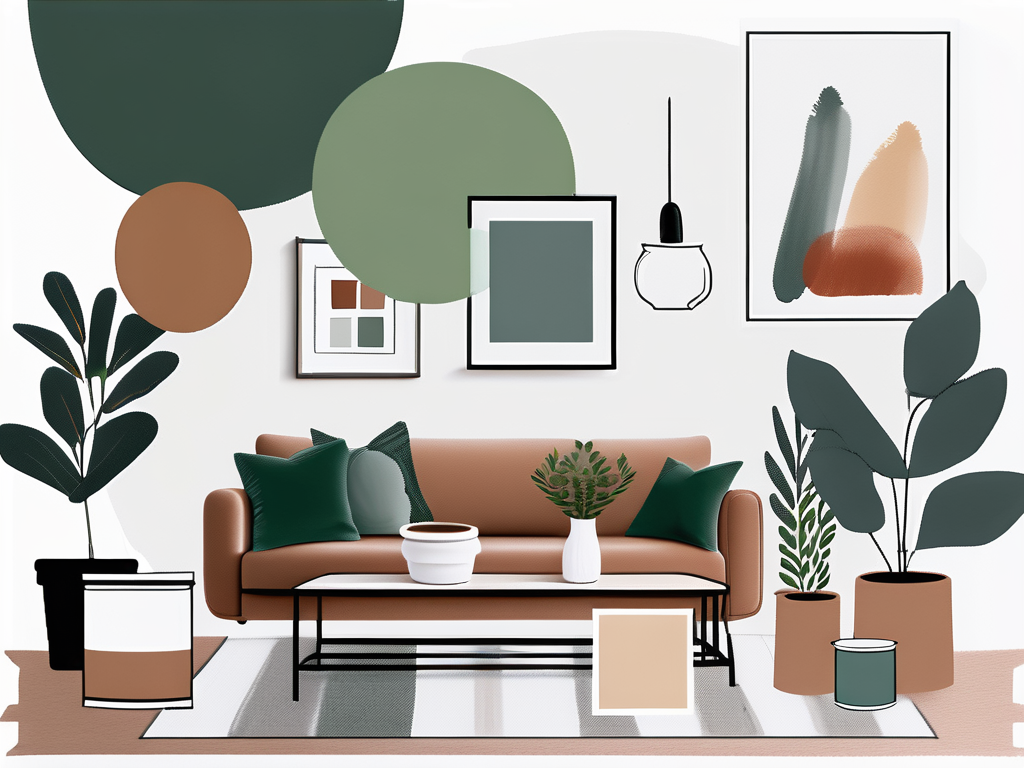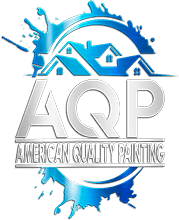Your home’s interior paint not only defines the aesthetics of your space but also protects the surfaces beneath it. Over time, however, paint can become dull, chipped, or stained, diminishing its visual appeal and protective quality. By understanding the importance of paint maintenance, choosing the right type of paint, and following routine care procedures, you can significantly prolong the life of your interior paint, ensuring that your home remains beautiful and protected for years to come.
Understanding the Importance of Paint Maintenance
Maintaining your home’s interior paint is essential for a variety of reasons. Firstly, paint plays a critical role in enhancing the overall look and feel of your space. It can transform a dull, uninspiring room into a vibrant environment that reflects your personal taste.
Moreover, regular maintenance of paint helps to prevent more severe issues, such as mold and mildew growth, which can occur if the paint is allowed to deteriorate. By investing time and effort into maintaining your paint, you safeguard your home and enhance its aesthetic appeal.
The Role of Paint in Home Aesthetics
Interior paint acts as a canvas for your home’s aesthetic theme. The colors and finishes you choose can evoke different feelings and moods, making your living space inviting and comfortable. A well-maintained paint job highlights architectural features and complements furniture and décor, creating a cohesive look throughout your home.
Colors can also have psychological impacts, influencing emotions and perceptions. For instance, warm tones may make a room feel cozy, while cool tones can create a sense of calm. Thus, understanding how paint contributes to aesthetics is vital in maintaining an appealing environment.
How Paint Maintenance Contributes to Longevity
Regular paint maintenance not only enhances visual appeal but also extends the lifespan of your paint job. Over time, factors like sunlight, humidity, and dirt can cause paint to fade or deteriorate. By performing routine upkeep, such as cleaning and touch-ups, you protect the paint from premature wear and tear.
An important aspect of maintaining paint longevity is to catch and address issues early. If you notice chipping, peeling, or discoloration, addressing these problems promptly can prevent further damage and save you from costly future repairs.
Choosing the Right Paint for Your Home
When it comes to the longevity of your home’s interior paint, the initial choice you make regarding the type of paint is crucial. Selecting the right paint not only impacts the immediate visual outcome but also how well it stands up to everyday wear and tear.

There are various types of paint available, each suited for different environments and uses. Understanding the options can help you make a more informed decision that benefits your home in the long run.
Factors to Consider When Selecting Paint
Before making a paint selection, consider factors such as the room’s purpose, lighting conditions, and surface material. For example, a high-gloss finish may be perfect for kitchens and bathrooms due to its moisture resistance and washability, whereas a matte finish can create a softer look in living rooms or bedrooms.
- Room Functionality: Consider how much wear and tear the room will experience. High-traffic areas require more durable paint.
- Light Exposure: Rooms that receive ample natural light may benefit from lighter colors, while darker rooms might need brighter shades to appear more spacious.
- Surface Type: Different surfaces require different types of paint for optimal adhesion and durability.
The Impact of Paint Quality on Longevity
The quality of the paint you choose can significantly affect its durability and lifespan. Higher-quality paints typically offer better coverage, pigmentation, and resistance to fading and staining over time. Investing in quality paint can save you both time and money in the long run.
In addition to being more resilient, premium paints may also come with better warranties, providing extra peace of mind when it comes to maintenance and protection.
Routine Paint Care and Maintenance
Once you’ve chosen the right paint and applied it, the next step is to develop a routine care and maintenance plan. This ensures that your investment continues to look great and perform well over time, helping to extend the life of your paint job.
Routine maintenance doesn’t have to be time-consuming; simple tasks performed periodically can make a significant difference in the condition of your interior paint.
Daily Cleaning Tips for Painted Surfaces
Keeping painted surfaces clean is essential for maintaining their appearance. Dusting surfaces regularly can prevent dirt buildup, which is particularly important in time-sensitive areas. A soft, dry microfiber cloth works well for this task.
For more thorough cleaning, use a mild soap solution with water and a soft sponge. Avoid abrasive cleaners or scrubbers that could scratch the paint finish. Rinse the surfaces afterward to prevent any soap residue from dulling the paint’s sheen.
Dealing with Stains and Marks
Accidents happen, and stains are sometimes unavoidable. Quick action can help minimize the effects of a stain on your paint. For most stains, blot the area gently with a damp cloth instead of scrubbing, which can spread the stain or damage the paint.
If blotting doesn’t work, a mix of baking soda and water can serve as a gentle abrasive for tougher spots. Always test any cleaning solution on a discreet part of the wall first to ensure it doesn’t damage the paint.
Periodic Paint Refreshing Techniques
Even with the best maintenance, paint will inevitably show signs of age. Knowing when to refresh your paint and understanding how to do it effectively can keep your home looking fresh and appealing.
Periodic refreshing not only improves the appearance of a room but also provides an opportunity to update colors and finishes to match current trends or personal preferences.
When to Consider Repainting
Signs that it may be time to repaint include noticeable fading, peeling, or cracks. If the paint is chipping or there’s water damage visible, it’s crucial to act quickly to address the underlying issues before repainting.
As a general rule of thumb, repainting is often necessary every 5 to 7 years, but this can vary based on exposure to elements, use of space, and the quality of the original paint job.
Techniques for Refreshing Your Paint
When refreshing paint, consider whether a full repainting or a simple touch-up is needed. For minor imperfections, touching up scuffs and scratches with the original paint can suffice.
For larger areas, you may consider repainting just one wall or section for a refreshing change without the need to cover the entire room. Always ensure that you blend new paint with the old to avoid visible lines.
Professional Paint Maintenance Services
In some cases, enlisting professional painting services may be necessary, particularly for extensive repairs or large-scale projects. Understanding when to hire a professional can save you time and ensure quality results.
Professional painters can provide expertise and results that may be difficult to achieve on your own, particularly in challenging spaces or finishes.
When to Hire a Professional
If you notice significant damage that exceeds simple touch-ups, or if your ceilings or high walls require repainting, it may be wise to hire a professional. Additionally, if you are looking to change colors and techniques that require specific skills, professionals can guide you through the process.
Also, if your time is limited and you desire a quality finish without dedicating extensive effort, hiring a service can be a worthwhile investment.
Selecting a Reliable Paint Maintenance Service
Choosing a reliable paint maintenance service is critical for ensuring your project runs smoothly. Start by seeking recommendations from friends or family, and read reviews online to gauge the quality of service offered by various companies.
- Check Credentials: Ensure the service has the proper licensing and insurance.
- Ask for Estimates: Get written estimates from multiple services to compare pricing.
- Inquire About Materials: Check what brands and quality of paint the professionals plan to use.
By following these guidelines and understanding the importance of paint maintenance, you can greatly enhance the longevity of your home’s interior paint, ensuring your spaces remain beautiful and protected for years to come.

